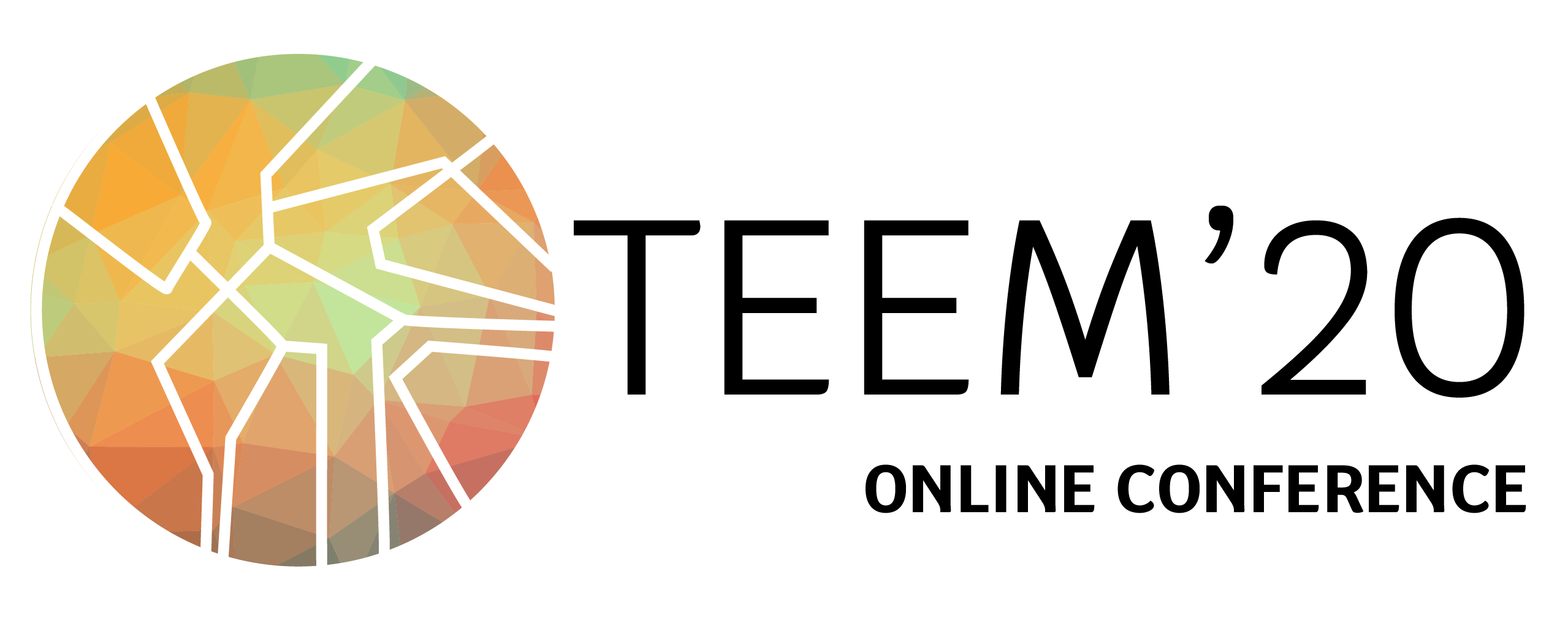Presentation
Providing health and care services to people is a complex task. Different actors such as health organizations, health and care workers, regulators and governing bodies, and IT solution providers may be involved with the provision of a single service. According to the World Health Organization, many existing health systems still manage health issues in a fragmented way, and there is still a lack of coordination across health actors, stakeholders, organizations and technology.
In this sense, although recent advances in technologies have spurred the health and care provision field, expanding the possibilities of providing better and more reliable technological solutions for patients, many of the current developments still have not evolved from an end user-centric perspective. Many studies have denoted the need to change this approach towards a broader perspective in the development of technology for health and care provision, taking into account the different stakeholders, application goals, business models, etc. in the design, development and implementation process of not only medical care provision management, but also the different related technological components involved in providing said services (hardware, software, platforms, protocols, ontologies, etc.).
This interest has been spurred by governing authorities, as the development of such ecosystems is beneficiary due to three main factors: affordability, as health services tend to be expensive; regulatory, searching for regional, national and international standard compliance in order to provide safe health and care services; and availability, in order to provide specialized services in remote regions within a particular country.
Along with the necessary development of techno-centric and/or isolated technological solutions for health, the field of technological ecosystems has emerged as the study of the complex interaction between technological devices (ambient sensors, wearables, medical devices, etc.) and extensible technological frameworks and architectures on the one hand, and of medical and technological training communities, organizations, users, customers, developers, and businesses on the other.
Taking the above into account, from the point of view of the health technological research and development community it is important to have a comprehensive vision of the health and care assistance ecosystem as a whole (encompassing many different areas of research), in order to obtain an overview of the needs of the rest of the ecosystem actors involved (patients, doctors, authorities, researchers technological providers, etc.) and identify the strengths and weaknesses of the research presented to date, which in turn will point out the possible future research directions along with their potential applications, stakeholders and market.
The aim of this track is to collect some of the most innovative computer based technological developments applied to both the contexts of biomedical training and clinical practice, as well as in other fields related to Health Sciences; providing an excellent opportunity for the promotion and exchange of innovative experiences in the health field, especially those based on the use of state-of-the-art technology.
Topics
- Pedagogical Innovations in Health Sciences Education
- Learning and Teaching Methodologies
- Evaluation and Assessment of Student Learning
- New Learning/Teaching Models
- Language Learning Innovations
- Collaborative and Problem-based Learning
- Experiences in Health Sciences
- Academic Research Projects
- Research Methodologies
- Links between Education and Research
- New projects and Innovations
- e-learning Projects and Experiences in Health Sciences
- Mobile Learning
- Training, Evaluation and Assessment
- Virtual Learning Environments (VLEs)
- Learning Management Systems (LMS)
- Online/Virtual Laboratories
- Virtual Universities
- Online Assessment
- e-Tutoring
- Technologies and software in Health Sciences
- Technology-Enhanced Learning
- Medical engineering
- Clinical and Surgical simulators and virtual reality environments
- 3D vision environments of radiological medical images
- Software for biomedical imaging processing
- 3D printing of anatomical structures for teaching and clinical purposes
- Touch and Multisensory Technologies
- Advanced Classroom Technology
- Stereoscopic vision
- Augmented Reality
- 360 Vision Clinical Imaging Systems
- Web Classroom Applications
- Mobile/Wireless Technologies (PDA,SmartPhones, etc)
- Emerging Technologies in Education. Touch and Multisensory Technologies
- Computer Software on Education.
- Finite Element Analysis and simulation in biomedicine
- Educational Multimedia and Hypermedia
- Animation and 3D Systems
- Learning Tools
- Educational Software Experiences
- Videos for Learning (YouTube Generation)
- Robotics in Healthcare (Surgical, social, etc.)
- AI in Health Informatics
- Orthopedic and biomedical product design
- Industrial design and ergonomics
- Experiences in Health Sciences Education
- Educational Trends and Best Practice Contributions
- Enhancing Learning and Learning Experiences
- Workplace Training
- Transferring Skills and Disciplines
- Health Sciences Curriculum Design and Development
- Educational and Training Staff
Track Scientific Committee
Juan A. Juanes Méndez (University of Salamanca, Spain) – Chair
Samuel Marcos Pablos (University of Salamanca, Spain) – Chair
Michael Walters (University of Hertfordshire, United Kingdom) – Chair
Alessandro Ruggiero (University of Salerno. Italy)
Petr Valášek (Czech University of Life Sciences, Republica Checa)
Fernando Blaya Haro (Universidad Politécnica de Madrid, Spain)
Enrique Soriano Heras (University of Carlos III, Spain)
Ferrán Prados Carrasco (Centre for Medical Image Computing. London, UK)
Miguel Castelo Branco Sousa (Universidade da Beira Interior, Portugal)
Roberto D’Amato (Universidad Politécnica de Madrid, Spain)
Francisco Pastor Vázquez (University of Valladolid, Spain)
Piedade Barros (Polytechnic of Porto. School on Health Technologies, ESTSP, Portugal)
Alberto Prats Galino (University of Barcelona, Spain)
María José Rodriguez Conde (Universidad de Salamanca, Spain)
Fermín Viejo Tirado (Complutense University of Madrid, Spain)
Anna Puigdellívol-Sánchez (Universidad de Barcelona, Spain)
Joan San Molina (Universidad de Girona, Spain)
Pablo Ruisoto Palomera (University of Navarra, Spain)
Juan David Cano Moreno (University of Politécnica de Madrid, Spain)
Jorge Cerqueiro Pequeño (University of Vigo, Spain)
Higinio Rubio Alonso (University of Carlos III, Spain)
Luis Tomás Gallego Morales (University of Autónoma de Madrid, Spain)
Kheng Lee Koay (University of Hertfordshire, United Kingdom)
